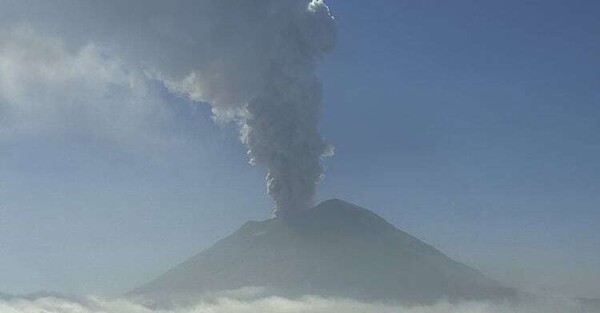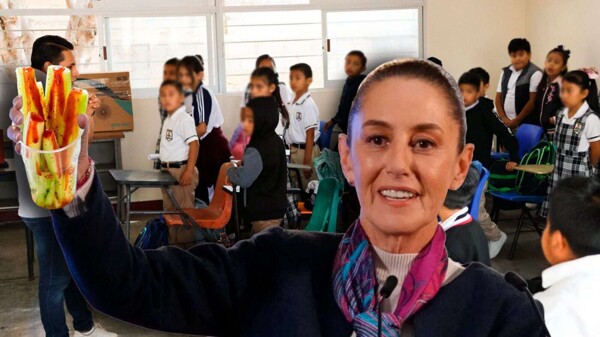
The government has made efforts to address the shortage of medications and the cut of 157 billion pesos at the end of former president Andrés Manuel López Obrador's administration. These measures have negatively impacted the treatment of breast cancer patients, causing a 45.3% reduction in early detection in the public health system.
Alma Ortiz, deputy general director of the Mexican Association Against Cancer (AMLCC), pointed out that breast cancer is an especially difficult disease in Mexico due to the shortage of oncological medications and budget cuts in health that have led to late diagnoses.
Breast cancer is the leading cause of death from malignant tumors in the country. The annual cost of treating breast cancer patients in the public health system has increased significantly due to late diagnoses, reaching an average of 729,670 pesos per patient compared to 195,000 pesos in cases of early detection.
During the month of October, dedicated to raising awareness about breast cancer, the importance of self-examination is highlighted to achieve early detection that improves the chances of successful treatment. Although around 31,000 new cases of breast cancer are detected each year in Mexico, the lack of mammography equipment has contributed to 70% of cases being diagnosed late.
Health budget cuts, including the Health Fund for Wellbeing (Fonsabi), have limited care and access to medications for cancer patients. The shortage of oncological medications, such as trastuzumab and paclitaxel, has forced many patients to interrupt their treatments, reducing therapy effectiveness and worsening their survival outlook.
It is crucial to promote healthy lifestyles, have medical check-ups regularly, and be alert to any changes in the body to reduce the risk of cancer. Early detection and timely access to treatment are fundamental to improving outcomes in patients with breast cancer.














